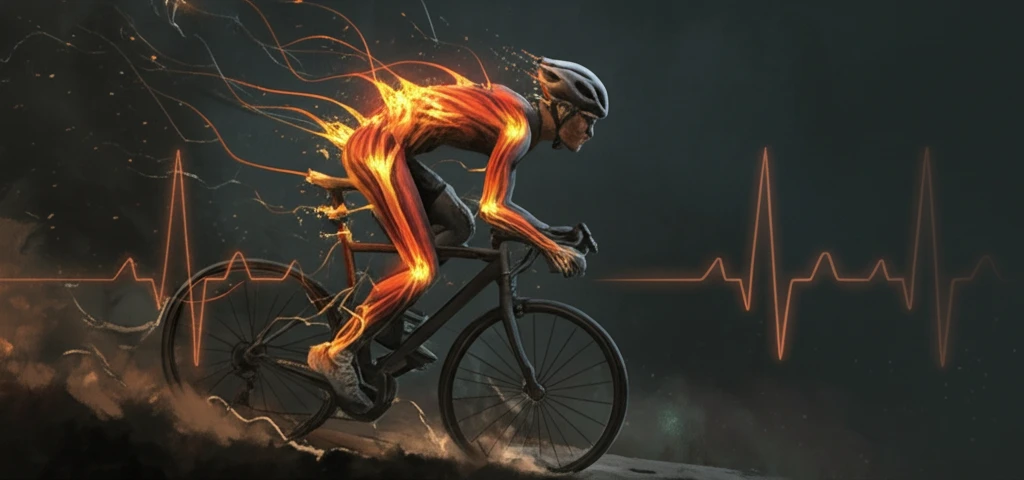
Unlock Your Fitness: How Muscle Oxygen Levels Impact Your Workout
"Discover how understanding the connection between muscle deoxygenation and autonomic control can transform your exercise routine."
When you hit the gym or head out for a run, your body undergoes a series of complex changes to meet the increasing demands of your muscles. One of the key players in this process is oxygen. Your muscles need it to function, and the harder you work, the more oxygen they require. This increased demand triggers a cascade of physiological responses, involving everything from your heart rate to the widening of blood vessels.
Scientists have long been interested in understanding exactly how our bodies manage this intricate balancing act during exercise. A recent study delved into the relationship between muscle deoxygenation (how much oxygen your muscles are using) and autonomic control (your body's automatic regulation of things like heart rate and blood flow). The findings offer some fascinating insights into how these two factors interact, depending on the intensity of your workout.
This article breaks down the key findings of this research, explaining how your body prioritizes different mechanisms to keep you going, whether you're warming up or pushing towards your limit. Understanding these processes can empower you to train smarter and get more out of every workout.
The Oxygen-Intensity Connection: What Happens to Your Muscles?

During exercise, your muscles' oxygen demand rises. To meet this need, your body increases blood flow to those muscles. It’s a carefully orchestrated process. As you increase the intensity of your exercise, the interplay between oxygen demand, muscle blood flow, and cardiovascular control becomes even more crucial. Researchers aimed to analyze the connection between heartbeats (R-R intervals) and deoxygenation in the vastus lateralis muscle (a major thigh muscle) during incremental cycling.
- Baroreceptor Feedback: These receptors sense blood pressure changes and help regulate heart rate and blood vessel constriction.
- Mechanoreceptor Feedback: These receptors respond to muscle movement and pressure, influencing cardiovascular control.
- Central Command: This refers to the signals from your brain that initiate and regulate exercise, also affecting cardiovascular responses.
Train Smarter, Not Harder: Applying the Science
Understanding the relationship between muscle oxygen levels and autonomic control can help you optimize your training. It highlights the importance of listening to your body and adjusting your intensity based on how you feel. As the study suggests, different mechanisms take precedence at various levels of exertion. By recognizing these shifts, you can strategically target specific fitness goals, whether it's improving endurance at lower intensities or maximizing power at higher intensities. Ultimately, the key is to find the sweet spot where your body works efficiently and effectively, leading to better results and a more enjoyable exercise experience.
